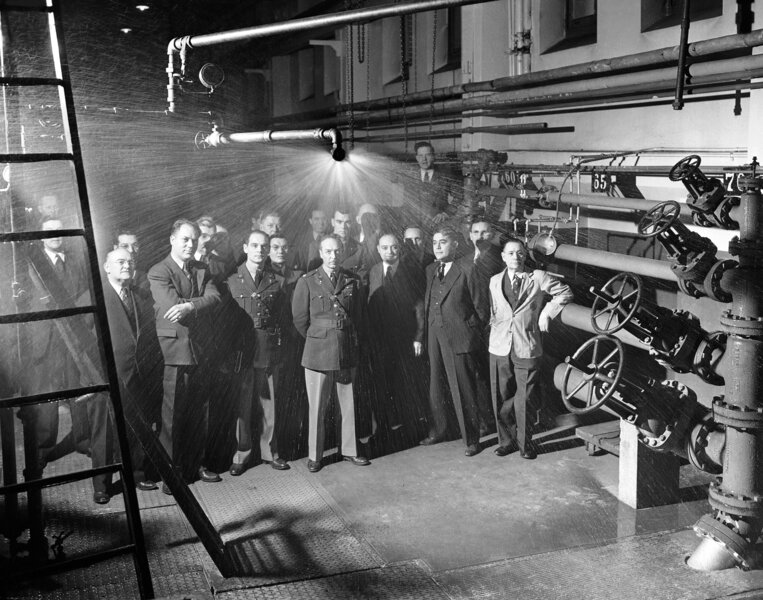Can testing outfit Underwriters Laboratories secure the Internet of Things?
Loading...
The testing outfit Underwriters Laboratories that got its start more than a century ago evaluating products for fire hazards is turning its skeptical eye on the Internet of Things.
While the organization – whose UL logo has become ubiquitous on products such as fire alarms and microwaves – already tests many consumer tech gadgets, on Tuesday it's rolling out standards meant to better safeguard the burgeoning market for Internet-connected devices.
UL's arrival into the IoT marketplace is further confirmation of the coming wave of connected devices designed for homes as well as for industry. The research firm Gartner estimates that some 6.4 billion IoT devices will be in use this year and some 20.8 billion will be online by 2020.
Many cybersecurity experts are already warning that devicemakers aren't doing enough to build in security to IoT devices and have left opening for malicious hackers to access utilities or municipal networks via vulnerable devices.
Using the new standards, some of the 600 experts UL has dedicated to cybersecurity efforts will examine source code in connected devices, hunting for vulnerabilities and looking at components that could be particularly susceptible to errors. Devices that meet the IoT standards will be certified as "UL 2900 compliant." The first round of testing will focus on industrial and medical products. UL has published an outline of the standards – but the full set costs nearly $800 online.
The UL announcement comes after the February release of the White House's Cybersecurity National Action Plan – aimed at helping government agencies and businesses defend networks against computer attacks. In fact, several US government agencies helped develop UL’s IoT standards.
And as more connected equipment and sensors enter the workplace and homes, other efforts are underway to help secure these devices.
Last summer, noted security researcher Peiter Zatko, aka Mudge, announced he was leaving Google to launch a government-backed "CyberUL" project. But since then, Mr. Zatko has not offered specifics. Karl Kasper, another well-known security researcher, also envisioned a similar idea in a 1999 paper.
But some security experts worry that applying UL standards to cybersecurity will only help part of the problem when it comes to fixing software vulnerabilities.
"There’s so much in the software it’s impossible to certify every little component of it," said Robert Graham, president of the cybersecurity firm Errata Security. "It’s like you’re trying to certify an aircraft carrier by only looking at the outside shell of the boat."
This story has been updated to include additional information about the cost of UL standards.








